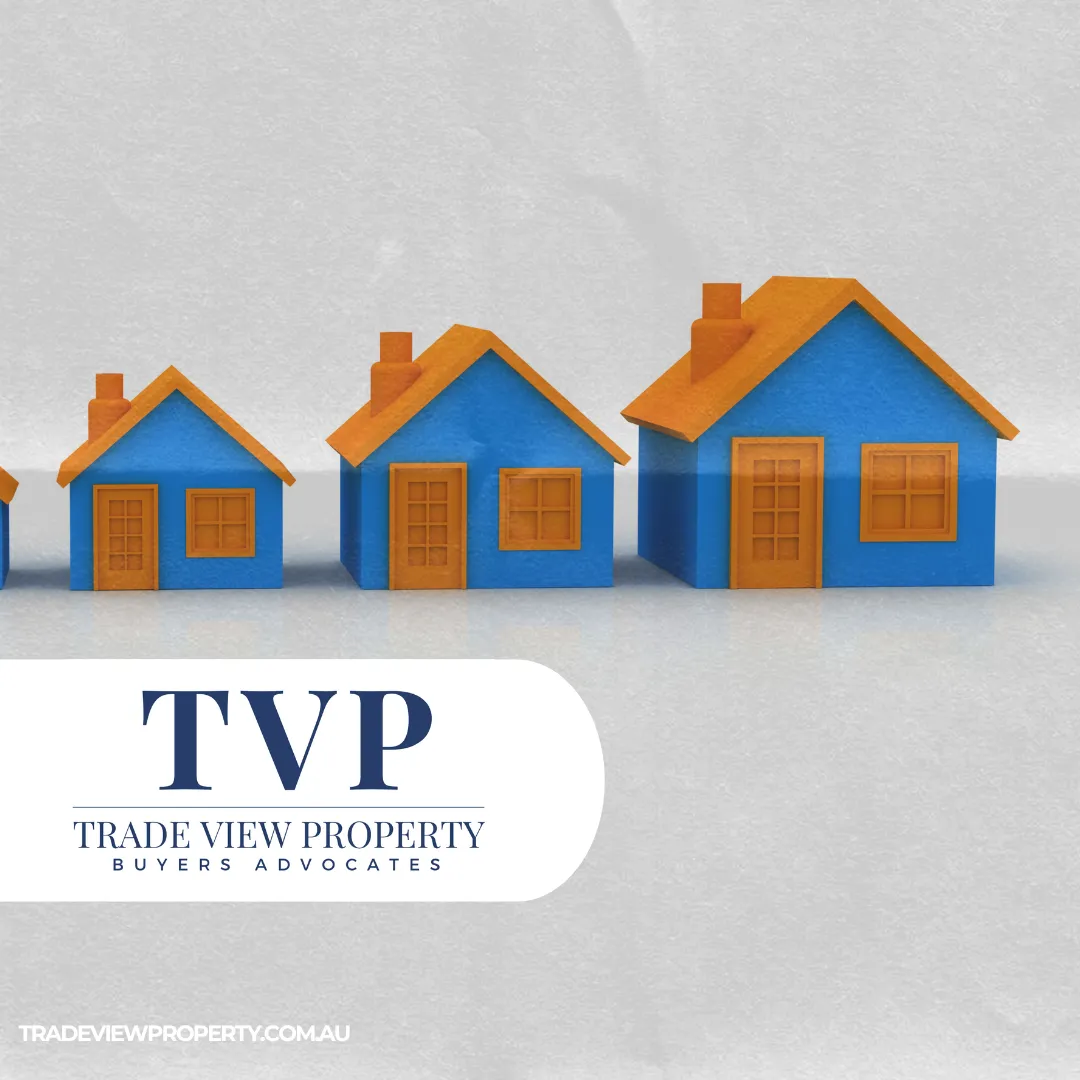
Area Insights

Maximizing Your Investment: How to Choose the Right Property Type
Maximising Your Investment: How to Choose the Right Property Type
In the world of property investing, the right choice can unlock tremendous growth. Choose your property type with care and turn opportunities into achievements. 🔑🏡
Introduction: Why Property Type Matters
Choosing the right property type is crucial for any real estate investor. The type of property you invest in will impact your rental income, capital growth, maintenance costs, and tenant demand. This guide explores the various property types available in the Australian market and helps you determine which one aligns with your investment goals.
1. Understanding Different Property Types
Different property types offer unique benefits and challenges.
Apartments and Units: Often more affordable, lower maintenance, and attract younger tenants or retirees. However, they may have lower capital growth compared to houses.
Houses: Typically offer higher capital growth potential and appeal to families, but come with higher purchase prices and maintenance costs.
Townhouses: A balance between houses and apartments, offering moderate growth potential and rental yields.
Commercial Properties: High rental yields but can be riskier due to economic downturns and longer vacancy periods.
Action Step: Refer to the property strategy created for you with your Buyers Agent, and identify the right property addition for your portfolio.
2. Assess Your Investment Goals
Your investment goals will guide your choice of property type.
Capital Growth vs. Rental Yield: Determine whether you prioritise capital growth or rental income, as different property types perform differently in these areas.
Short-Term vs. Long-Term Investment: Consider whether you want quick gains or are willing to hold for long-term growth.
Risk Tolerance: Your risk tolerance will influence whether you choose a high-risk, high-reward property type or a more stable investment.
Action Step: Define your primary property investment portfolio goal and select a property type that aligns with it.
3. Analyse Location and Market Conditions
The location of a property greatly affects its performance.
Growth Areas: Look for properties in high-growth suburbs or regions with strong population growth, employment opportunities, and infrastructure development.
Rental Demand: Consider the local demand for rental properties, which can affect your vacancy rates and rental income.
Market Cycles: Understand the property market cycle in your chosen location, including whether it is a buyer’s or seller’s market.
Action Step: Use tools like CoreLogic and SQM Research to analyze the location and market conditions of your chosen areas.
4. Understand Maintenance and Management Requirements
Different property types require varying levels of maintenance and management.
Apartments and Units: Lower maintenance but may incur body corporate fees and restrictions on renovations.
Houses: Higher maintenance and management costs due to gardens, roofs, and other individual property features.
Commercial Properties: May have longer leases and lower management involvement but can incur high maintenance costs.
Action Step: Consider your willingness and capacity to manage property maintenance when choosing a property type, or have the right tools and teams to manage your portfolio.
5. Consider Future Market Trends
Future trends can impact the desirability and profitability of different property types.
Demographic Changes: Analyse how demographic shifts, like aging populations or increased urbanisation, might affect property demand.
Economic Factors: Consider how economic changes, such as interest rates and employment levels, could impact different property types.
Sustainability: Properties with eco-friendly features may become more desirable as sustainability becomes a priority for buyers and renters.
Action Step: Stay informed on future market trends that may affect property values, or ensure your Buyers Agent keeps you informed.
Conclusion: Make an Informed Investment Decision
Choosing the right property type is essential to maximising your investment returns. By understanding the pros and cons of different property types, assessing your goals, analysing market conditions, and considering future trends, you can make a well-informed investment decision.
What property types are you considering for your next investment? Get in touch, and find out if Trade View Property can help you source you the best property suited to your portfolio.







